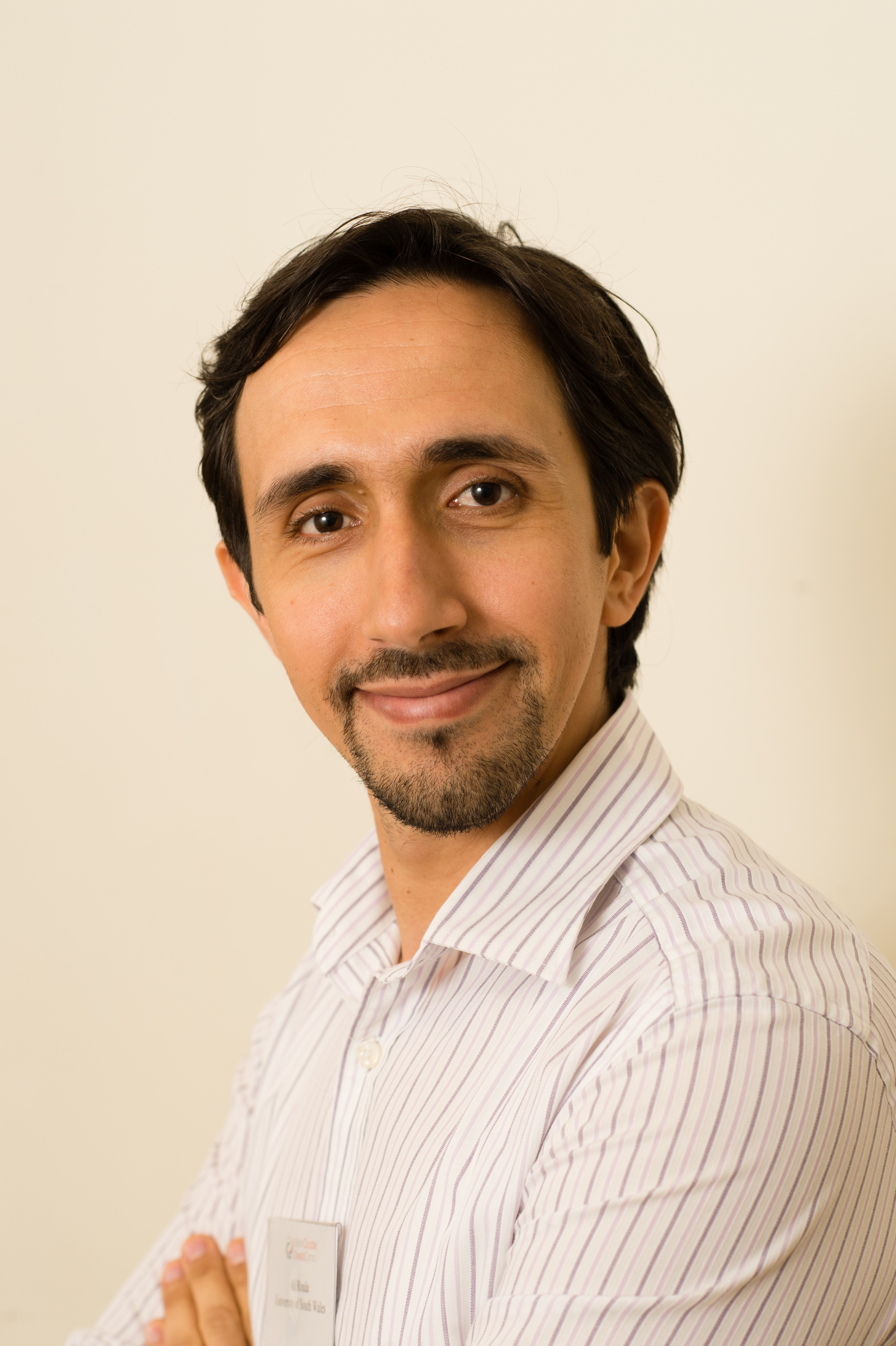 ‘How technology may read your mind’
‘How technology may read your mind’
Ali Roula is a Reader at the University of South Wales and Head of the Medical Electronics and Signal Processing Research Unit.
“Can you read people’s minds with this?” I am often asked, by curious people when they first see the wireless helmets we use in our brain computer Interfacing (BCI) Research.
I am Dr Ali Roula, Reader at the university of South Wales and Head of the Medical Electronics and Signal Processing Research Unit. I am an Electronics graduate with PhD in Computer Science and a fascination with the brain and how subjective conscious experiences can result from physical processes within it.
My research focuses on developing tools for analysing and understanding the electrical signals –called electro Encephalography or EEG- that are generated by the functioning brain. This could not only enable direct communication between the brain and the outside world but also help understand complex processes such as neuro-rehabilitation.
The main beneficiaries of such work would be people with severe motor disabilities. In the UK alone, there are over a million people who have survived a stroke attack. Half of whom have been left with lasting physical disabilities. In some cases, patients are left in a locked-in state where they can neither move nor speak and therefore cannot communicate with outside world which severely limits the quality of their lives and require them to need continuous support. The story of Tony Nicklinson has highlighted the frustration and severe difficulties experienced by those with locked-in syndrome.
I aim to remedy that by developing alternative communication channels which tap directly into brain signals (EEG). The main challenge is developing pattern recognition algorithms that can extract meaningful information from these signals. An experimental system has been developed where the user can spell words on a computer interface purely via thoughts using a wireless EEG headset.
More recently, I have embarked on a new project where portable EEG is used to study brain changes during rehabilitation and transcranial brain stimulation techniques. This will help develop more effective and tailored interventions to help recovery from a variety of condition ranging from depression to partial paralysis caused by strokes.
To detect the subtle variations in brain activity, long recordings of EEG will be acquired on many users who will be followed over time. This 1 year project is funded by HPC Wales, and will require the use of a supercomputer for the processing of the large dataset generated by the study.
What excites me most about this line of research is its multidisciplinary aspect, where expertise from a wide range of disciplines including electronics, computing, signal processing, neurophysiology and psychology is required to deliver the expected outcomes.
To go back to the question at the beginning of this article, “can a wearable device read people’s minds?” well, the answer is it depends on what one means by mind, It turns out some thoughts are easier to read than others, it is easier for instance to tell which arm a person is thinking of moving than to tell if one is thinking of their grandma’s birthday. Nevertheless, in this field of research the limits of what is possible are constantly expanding and with them our understanding of how our minds work.
Ali may be contacted at ali.roula@southwales.ac.uk
This article first appeared in the Western Mail on 30th September 2013, as part of the Welsh Crucible series of research profiles.
